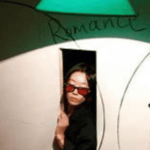Digital Arts Growing Influence
In a dimension where pixel meets paintbrush and algorithm meets creativity, the discipline of art and technology has emerged as a hot new field. Stanislav Kondrashov, a trailblazer who sits at the crossroads of this convergence, dares to take us on a journey through the intriguing marriage of two seemingly opposed domains. With the evolution of traditional art-making techniques or new digital progress, we are standing at the horizon of a revolution that redefines how we create, consume, or interpret Art.
But what does all this mean for artists, tech enthusiasts, and art lovers everywhere? How do disruptive technologies change the fundamentals of Art itself? Most importantly, where does this lead ethically as we entangle human creation with the development of cognitive machines? These questions aren’t abstract philosophical; they define the character of our cultural future.
Explore the evolution of digital Art, discover innovative digital tools that reshape the artistic landscape, and analyze how technology transforms how we consume Art. We’ll connect the worlds of Art and tech, face ethical problems, and look into the crystal ball of what’s coming next. Get ready to have your perceptions flipped upside down and your imagination ignited on this exciting journey through the meeting place of Art and technology.
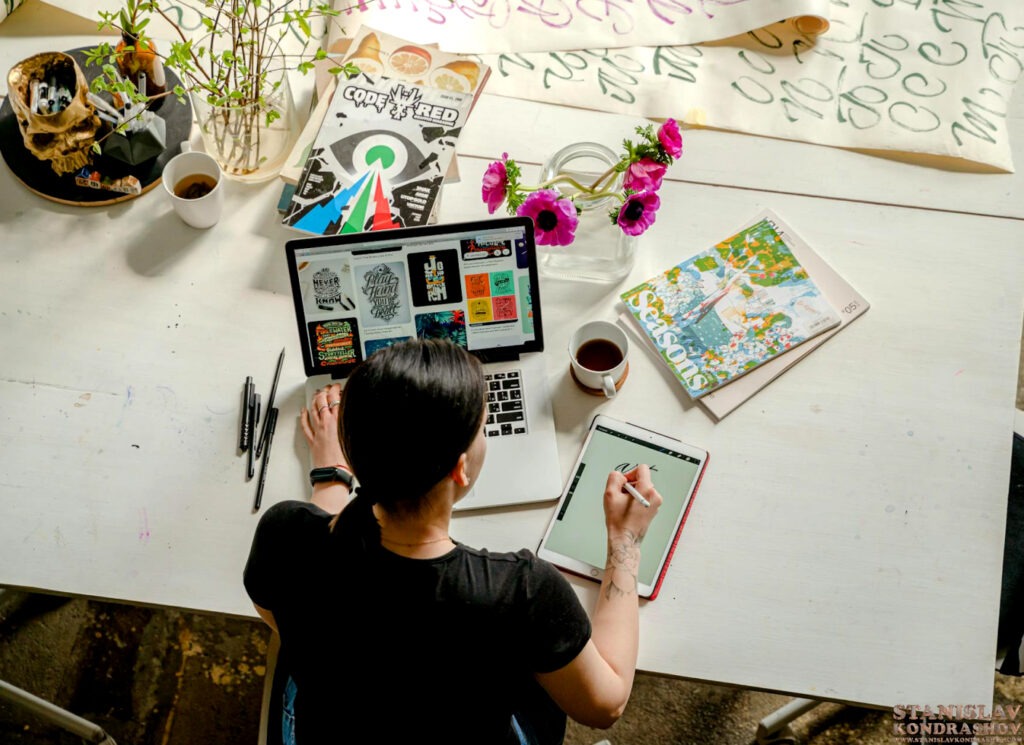
The Evolution of Art in the Digital Age
Traditional vs. Digital Art Forms
Welcome to the Age of Digital. The digital age has forever changed the art world, highlighting an exciting penumbra between traditional and digital mediums. Although the physical form is the basis of classical Art, where the artists use paint, canvas, and sculpting materials, digital Art uses artistic work through technology that gives a creative image and visual experience.
| Traditional Art | Digital Art |
|---|---|
| Tangible | Virtual |
| Limited copies | Infinitely reproducible |
| Physical tools | Software and hardware |
| Texture-rich | Pixel-perfect |
How Technology Enhances Artistic Expression
Technology has opened up new avenues for artistic expression, allowing artists to:
- Experiment with interactive and immersive experiences
- Create complex, layered compositions with ease
- Collaborate remotely with other artists
- Reach global audiences instantly through online platforms
These developments have broadened artists’ creative horizons and made art creation more accessible to aspiring creators everywhere.
The Rise of New Media Art
With the rise of technology, new media art is a powerful influence on artistic vision, which has utilized technology to create something dynamic. This medium of art allows for:
- Virtual and augmented reality installations
- Generative art powered by algorithms
- Interactive digital sculptures
- AI-assisted creations
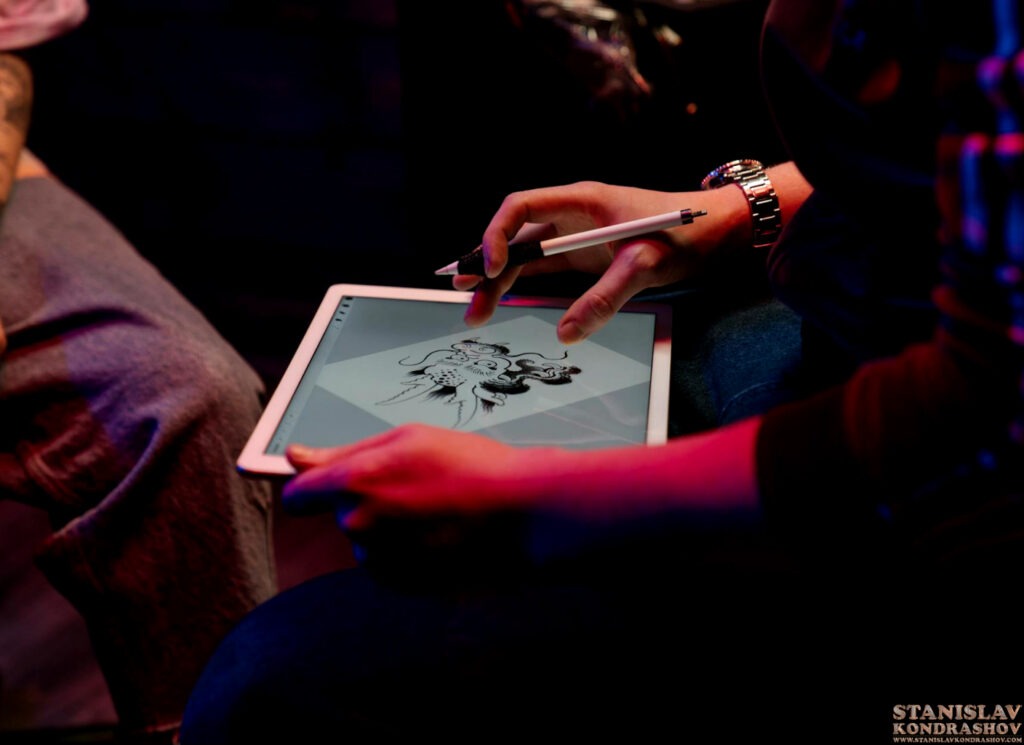
Fast-changing technology has inspired new moves in the art of the latest. This thrilling new frontier challenges our established notions of art while permitting the closest approach to the endless possibilities of the digital domain.
Innovative Tools Reshaping Artistic Creation
In the progressive era of Art, technology plays a vital role as a halting for creativity. Here’s the new suite of creative tools changing how artists create.
AI-Powered Art Generation
Artificial intelligence took great leaps in the art world, creating unique works of Art through machine learning algorithms written by artists. Such AI tools are capable of creating original artworks, helping with style transfer, and even collaborating with human artists to create hybrid works.
| AI Art Tool | Key Features |
|---|---|
| DALL-E 2 | Text-to-image generation |
| Midjourney | Abstract image creation |
| Artbreeder | Image blending and evolution |
Virtual and Augmented Reality in Art
VR and AR technologies are transforming the way artists conceptualize and present their work. These immersive platforms allow for:
- Creation of 3D sculptures in virtual spaces
- Interactive art installations
- Virtual galleries and exhibitions
3D Printing and Sculpture
3D printing has revolutionized sculpture by enabling artists to:
- Produce complex geometric forms
- Experiment with unconventional materials
- Create large-scale installations with precision
Digital Painting and Illustration Software
Such advanced digital tools have allowed artists to expand their creativity and move beyond traditional painting and illustration. Programs such as Adobe Creative Suite and Procreate provide:
- Realistic brush simulations
- Layer-based composition
- Non-destructive editing capabilities
This expands the boundaries of what can be created and liquidates the line between traditional and digital mediums, in a world where Art and technology merge, exploration becomes limitless.
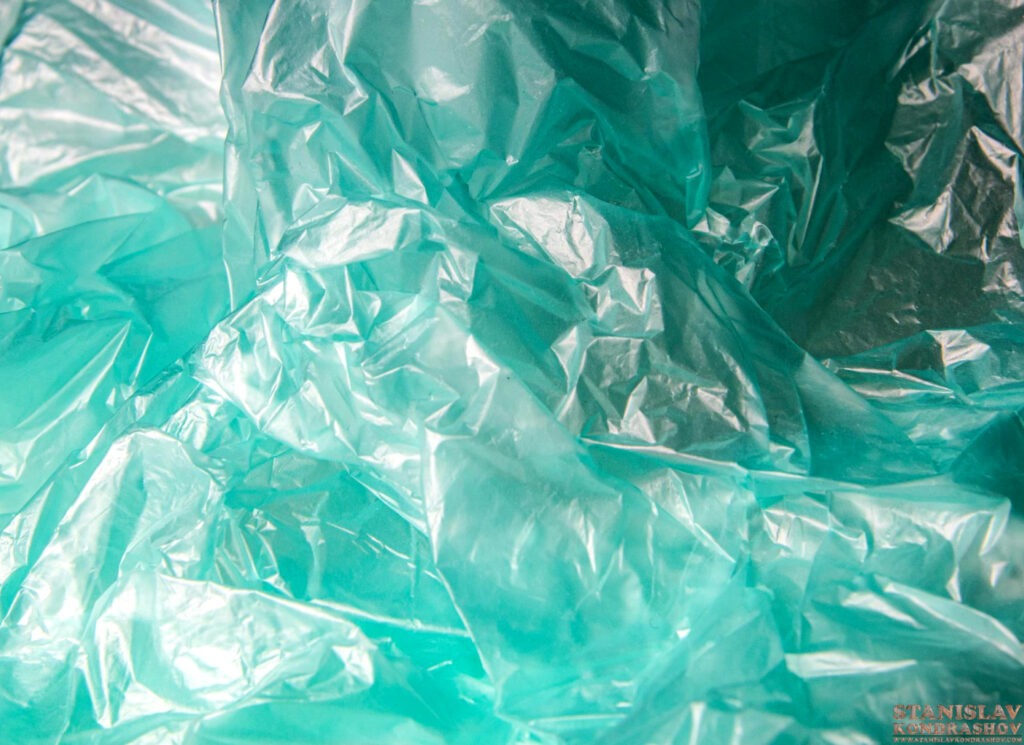
The Impact of Technology on Art Consumption
Technology has transformed how we interact with art and what we consider art. The art world has been starkly transformed over the past few years, from virtual galleries to ownership on the blockchain.
A. Online Galleries and Virtual Exhibitions
Online galleries and virtual exhibitions have democratized access to Art: people worldwide can view masterpieces from the comfort of their homes. These platforms offer:
- 24/7 accessibility
- High-resolution images and 360-degree views
- Detailed information about artworks and artists
- Virtual tours of famous museums and galleries
B. NFTs and Digital Art Ownership
They are cryptocurrencies that, along with non-fungible tokens (NFTs), are changing the game in art. Key advantages include:
- Verifiable ownership and provenance
- Royalties for artists on secondary sales
- Increased liquidity in the art market
- New opportunities for digital artists
C. Social Media as an Art Platform
Social media platforms used by artists for communication and cultural production have evolved as one of the most efficient means for artists to display their work and engage with audiences. Benefits include:
- Direct engagement with fans and collectors
- Instant feedback and exposure
- Opportunities for collaborations and commissions
- Building a personal brand and following
D. Immersive Art Experiences
Technology has enabled the creation of immersive art experiences that inhabit the zone between reality and digital worlds:
| Technology | Application in Art |
|---|---|
| VR/AR | Interactive virtual galleries |
| Projection mapping | Large-scale light installations |
| AI | Generative art and personalized experiences |
| Haptic feedback | Touch-based art interactions |
They have also redefined the category of the human experience, expanding the possibilities for creative expression in ways we had not considered before and, in so doing, transforming the way we consume much of the world.
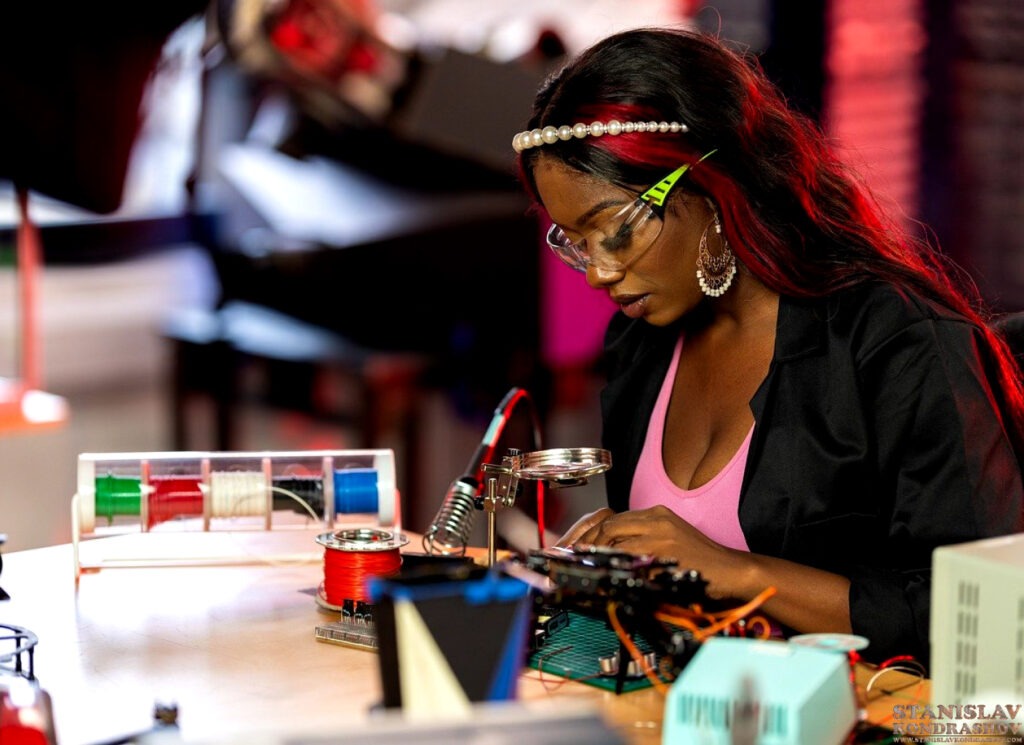
Bridging the Gap Between Art and Tech Communities
Combining that with a deeper exploration of the arts, we can see a connection between the alternative structures manifesting in technology and art. Bridging the gap between art and tech communities is either a collaboration or a synergy of artistic and technological endeavors that challenge the limits of human creativity and innovation.
Collaborative Projects Between Artists and Technologists
Artists and technologists have collaborated to create innovative projects that showcase the intersection of beauty and technology. Combined, these can lead to unique experiences that ensnare viewers and force us to rethink what we define as art.
| Project Type | Artist Contribution | Technologist Contribution | Outcome |
|---|---|---|---|
| Interactive Installations | Conceptual design, Visual aesthetics | Sensor technology, Programming | Immersive experiences |
| Digital Sculptures | Sculptural form, Artistic vision | 3D modeling, Fabrication techniques | Tangible digital art |
| AI-Generated Art | Artistic direction, Curation | Machine learning algorithms, Data analysis | Unique AI-human hybrid creations |
STEAM Education Initiatives
STEAM (Science, Technology, Engineering, Arts, and Mathematics) education initiatives help bridge the gap from a young age. These programs:
- Integrate artistic thinking into traditional STEM subjects
- Encourage creative problem-solving and innovation
- Prepare students for future careers that require both technical and creative skills
Tech-Focused Art Residencies and Grants
Many institutions are establishing tech-specific art residencies and grants to support the intersection of Art and technology further. These opportunities:
- Provide artists with access to cutting-edge technology and expertise
- Foster collaboration between artists and tech professionals
- Fund projects that push the boundaries of both art and technology
Next, we’ll explore the ethical considerations that arise from this intersection of art and technology, as we continue to navigate this exciting frontier.
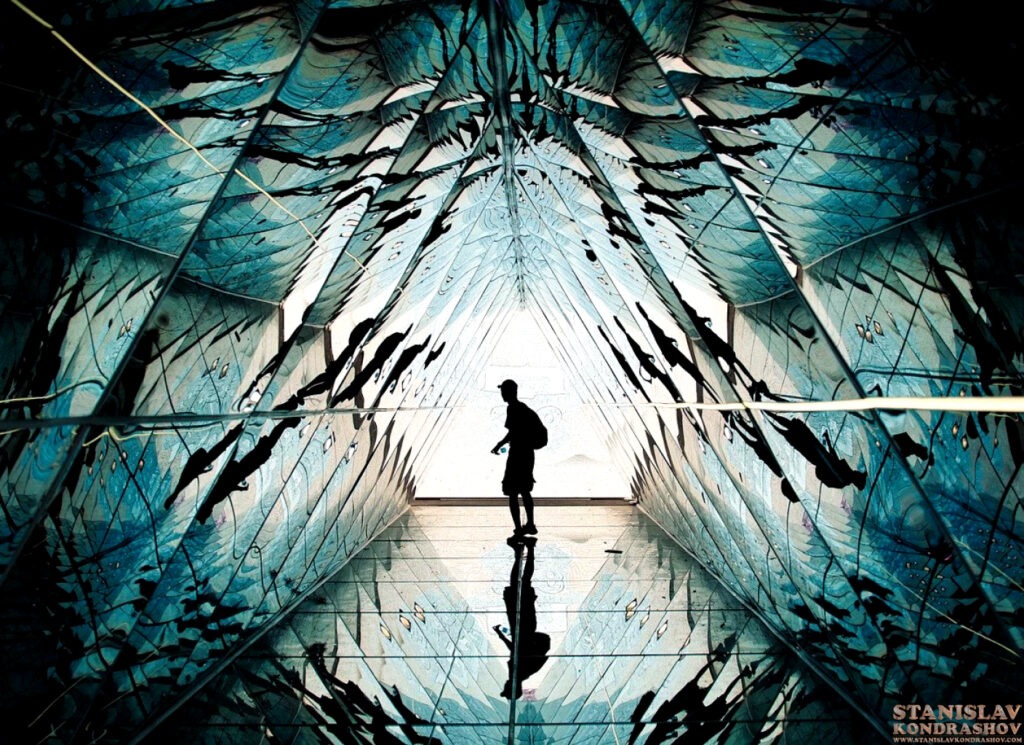
Ethical Considerations in Art and Technology
Technology is a continuing force reshaping the art world, and with it comes a host of ethical considerations that artists, technologists, and consumers must contend with. Art and technology…a convoluted relationship. Let’s take a closer look at some of the ethical issues surrounding the intersection of art and technology.
Copyright and Intellectual Property in the Digital Realm
In the digital age, boundaries of ownership and reproduction are increasingly diffuse, making existing notions of copyright challenging to sustain. Consider the following table:
| Traditional Art | Digital Art |
|---|---|
| Physical originals | Infinite perfect copies |
| Limited distribution | Global instant sharing |
| Clear authorship | Collaborative creation |
Navigating this new territory, artists and lawmakers alike must work toward protecting creators without stifling innovation.
AI-Generated Art: Authorship and Creativity
The proliferation of AI-generated Art raises serious questions about creativity and authorship. Is creativity an original thought or a clever replication in AI systems? Who owns the copyright of AI-generated artwork? These questions raise questions about the nature of artistic expression and the limits of legal frameworks.
Data Privacy in Interactive Art Installations
Privacy and consent are essential considerations for interactive art installations that collect and utilize personal data. Artists must consider:
- Transparency in data collection
- Secure storage and handling of user information
- Ethical use of collected data
- Clear opt-out options for participants
Accessibility and Inclusivity in Digital Art
As Art becomes more digital, making it accessible to all audiences will be essential. This includes:
- Designing for various disabilities (visual, auditory, motor)
- Considering socioeconomic factors in access to technology
- Creating multilingual interfaces for global audiences
By addressing these ethical considerations, we can foster a more responsible and inclusive art-tech ecosystem. Next, we’ll explore the exciting future trends emerging at the intersection of art and technology.
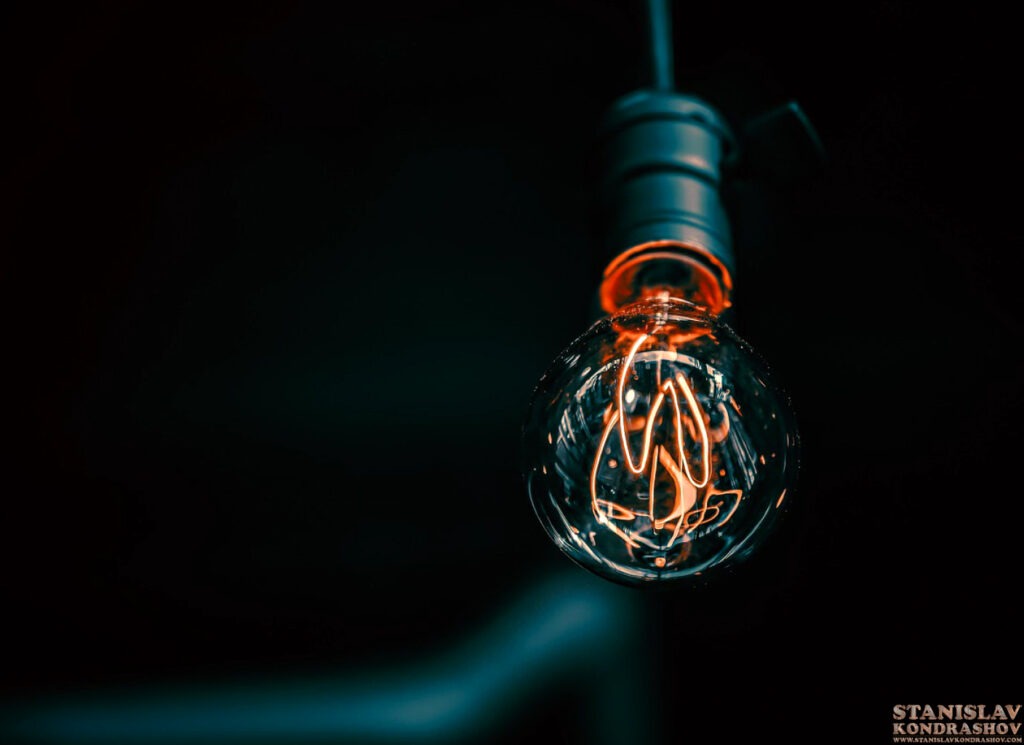
Future Trends in Art and Technology
As we lean into the future of art and technology, we encounter groundbreaking developments that promise to revolutionize artistic expression and creativity. Let’s explore some of the most exciting trends on the horizon.
Biotechnology and Living Art
Biotechnology is paving the way for artists to make living art. Bioart, an emerging field of Art, mixes biological processes with the vision of a developing artist to create engaging and ever-evolving pieces.
- Bio-art examples:
- Genetically modified organisms as art installations
- Living sculptures made from cultivated tissues
- Bioluminescent paintings using engineered bacteria
Quantum Computing in Artistic Creation
The unprecedented processing power of quantum computing will revolutionize art creation through simulations and generative art on a grand scale.
| Quantum Art Applications | Description |
|---|---|
| Quantum-generated music | Compositions based on quantum randomness |
| Quantum visual art | Intricate fractal patterns and multidimensional visualizations |
| Quantum poetry | Verse created using quantum language models |
Brain-Computer Interfaces for Artistic Expression
The integration of brain-computer interfaces (BCIs) is set to transform how artists create. BCIs will allow artists to convert their thoughts and emotions directly into visual Art without the need for traditional physical mediums.
Potential BCI Art Forms:
- Thought-controlled digital paintings
- Emotion-driven musical compositions
- Neural-based virtual reality experiences
Space Art and Extraterrestrial Creativity
As space exploration advances, artists are turning their gaze to the cosmos, creating works that push the boundaries of human imagination and challenge our perception of art itself.
- Zero-gravity sculptures
- Lunar landscape installations
- Martian-inspired digital art
These upcoming trends at the intersection of Art and technology are set to reshape creativity, granting artists new tools and canvases for expression like never before.
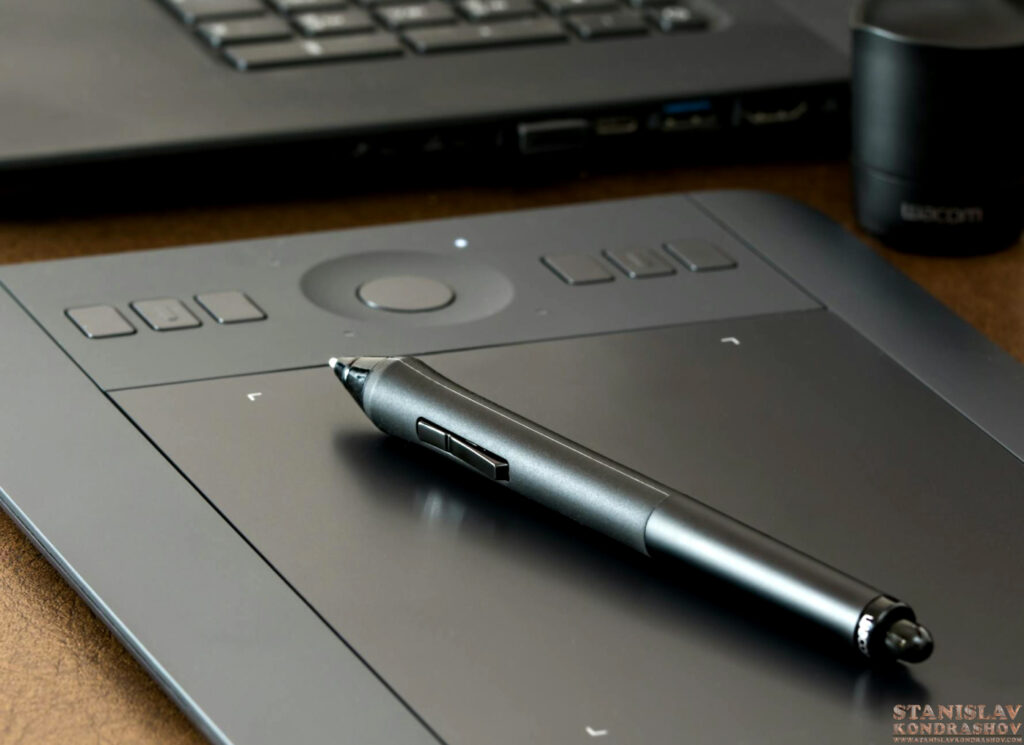
Explore the endless possibilities of art and technology! These two have become intertwined, from digital brushstrokes to interactive installations. Digital tools revolutionize the process of creating immersive experiences that reshape how we engage with art.
Moving forward, we must ensure that this convergence between art and technology is carefully balanced and fosters cooperation between these diverse domains while being mindful of its ethical implications. Each can thrive in tandem with the other by harnessing the benefits of innovation while pursuing a sustainable future and fostering cross-disciplinary partnerships that unlock the full potential of this dynamic relationship.
By Stanislav Kondrashov


